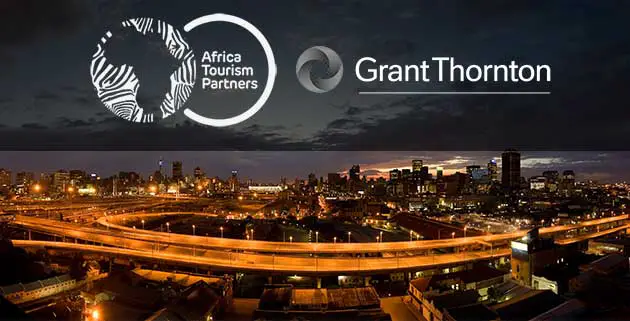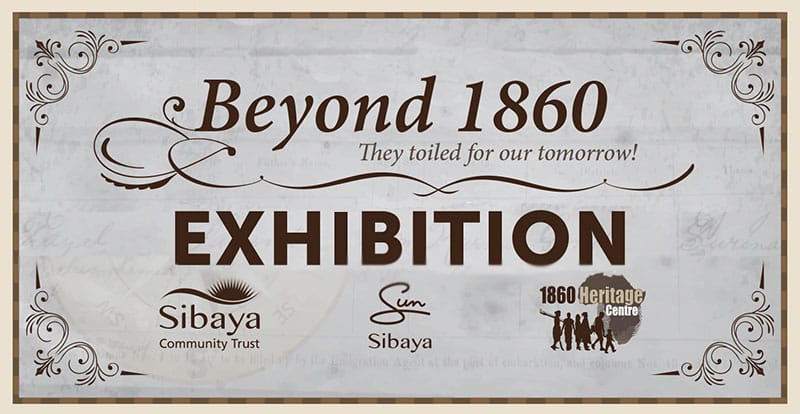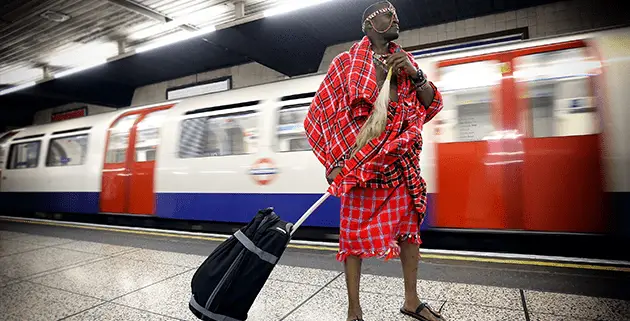LGBT Pride Month 2017
The month of June is unofficially recognised as Lesbian, Gay, Bisexual, and Transgender (LGBT) Pride Month. How does Africa fare in terms of LGBT rights and what is the potential of LGBT Tourism? By Des Langkilde.
LGBT Rights in Africa
With the exception of South Africa, LGBT rights in Africa are very limited in comparison to many other parts of the world. According to Wikipedia, out of the 55 states recognised by the United Nations or the African Union or both, the International Gay and Lesbian Association stated in 2015 that homosexuality is outlawed in 34 African countries. Human Rights Watch notes that another two countries, Benin and the Central African Republic, do not outlaw homosexuality, but have certain laws which apply differently to heterosexual and homosexual individuals.
Homosexual activity between adults has never been criminalised in Burkina Faso, Central African Republic, Republic of the Congo, Ivory Coast, Democratic Republic of the Congo, Djibouti, Equatorial Guinea, Gabon, Madagascar, Mali, Niger, and Rwanda.
In Sudan, southern Somalia and northern Nigeria acts of homosexuality are punishable by death, while in Uganda, Tanzania, and Sierra Leone, offenders can receive life imprisonment for homosexual acts.
In addition to criminalising homosexuality, Nigeria has enacted legislation that makes it illegal for heterosexual family members, allies, and friends of the LGBT to be supportive. According to Nigerian law, a heterosexual ally ‘who administers, witnesses, abets or aids’ any form of gender non-conforming and homosexual activity could receive a 10-year jail sentence.
Of the 34 African countries who protect LGBT rights to some extent, South Africa has the most liberal attitude, with a constitution that guarantees gay and lesbian rights and legalises same-sex marriage.
Potential of LGBT Tourism in South Africa
During the 2017 African Travel Indaba, I met up with Jason Fiddler – the founding Chairperson and Key Accounts Manager of the KwaZulu-Natal Gay & Lesbian Tourism Association (KZNGALTA), founded in 2004, which makes it the oldest such association in Africa. I asked Jason for his insights into the potential of LGBT community as a niche tourism sector.
“LGBT tourism is no longer the niche market that it was in the 90’s and early 2000s. LGBT, or pink travellers as I like to refer to them, have definitely gone mainstream. In 2012 the first UNWTO report on LGBT Tourism reported on figures of around US$165 billion per annum as the market’s global value. In 2016, OutNow, the global research firm on whose data the UNWTO relied, presented at WTM London a revised value of US$211 billion. That’s a staggering 27% increase in spending value over 5 years! I don’t know any other tourism market showing that kind of growth.
“Globally we’re seeing LGBT communities becoming more assertive of their rights, being more open and travelling more, both domestically and internationally. The second UNWTO Report on LGBT Tourism speaks much more in depth about this subject and gives some great case studies. For example, and this is from my observational experience as chief marshal of the Durban LGBTI Pride March, in 2011 when we began, we had around 800 people walking, of which approximately 50 had come down from Gauteng province to attend. In 2016, I head counted around 1500 walking, of which around 500 were from outside Durban and predominantly from Gauteng. They’d specifically come to support an important LGBT gathering and enjoy our great winter weather too – so tourism grew and an LGBT rights event was the catalyst,” says Fiddler.
LGBT Market Research in South Africa
In April 2012 Lunch Box Media (LBM) commissioned Qualitative Quarter to conduct a nationwide survey among the South African gay community. In the preface to the LBM Consumer Profile 2012, LBM estimates the size of the LGBT community in South Africa to be around 4.9 million people. The report found that gay people have a higher percentage of disposable income and spend more on luxury items. In terms of travel, the report found that 44% of survey respondents travel more than once a year with 34% taking a holiday at least once a year. 10% indicated travel to international destinations, while 35% travel locally. Of these, 25% travel out of season and 9% in-season.
“We’ve always seen domestic pink travel as important for our provincial growth, especially as KwaZulu-Natal is closer to the key Gauteng source market than say, the Western Cape is. We’re definitely an affordable destination and this plays importantly into travel research out of the USA that says that LGBT travellers are predominantly seeking mid-range product, but staying longer,” says Fiddler.
“Key factors to note about domestic pink travellers are that they travel throughout the year (although there’s a growing number of LGBT families with children nowadays) and not just seasonally; they tend to spend extra time on a trip by at least 1-2 nights whenever possible; they can be quite spontaneous and respond quickly to time-specific promotions; they have high standards and are aspirational, so, therefore, many will choose an affordable product but expect above-average services, facilities, and amenities – this means that little extra effort on the part of the accommodation provider, for instance, goes a very long way to building the travel loyalty this market is very capable of.”
Potential of International LGBT Tourism
In his article ‘Pride Month: How is LGBT tourism doing these days?’ Juergen T Steinmetz, publisher of eTurboNews sheds some enlightening insights to marketing to LGBT travellers. “LGBT tourism is doing very well right now, but reliable estimates of global spend by LGBT travelers are difficult to come by. Often times you hear that LGBT travelers in the United States spend about $65 billion per year, but this isn’t backed up by solid research.
“As someone who’s chronicled and, in part, helped shape LGBT travel since 1998, I can see many changes. More and more major brands are targeting the LGBT travel segment than ever before. LGBT travelers have more options. Many years ago, gay travelers would have to choose from a few spots like Mykonos, Provincetown, Key West, Sitges or Palm Springs. These were among the few places where a gay or lesbian person could be with a same-sex partner without worrying that they would attract unfriendly attention, or worse, harassment and violence. Today, gays are far more widely welcomed. Thank goodness, times are changing!”
In terms of LGBT rights, Steinmentz says; “There are over 73 countries where homosexuality is criminalized, and many of those are in the Caribbean, Africa, and Asia. Usually in Asian countries they are socially homophobic, meaning that marriage (and raising children) is the most important aspect of their culture. For visitors, they really don’t care as long as the visitor (male, female, gay or straight) doesn’t flaunt their sexuality. Thailand is very gay-friendly. Taiwan may legalize same-sex marriage. Even China – which is very traditional – has gay bars and a vibrant gay community.”
Can LGBT tourism make a country more accepting? “As soon as gays have more rights in a country – most notably marriage equality – marketers are right there targeting the lucrative gay marriage and honeymoon market. We saw this time and time again in Canada and the United States. That said, I believe that being our authentic selves while abroad – especially to countries that aren’t as familiar with gay people – is the best way to open minds and build bridges,” Steinmentz concludes.
Why LGBT Pride Month is Celebrated in June
In an opinion piece posted on medium.com, Davia Sobelman notes that; “Two historic (USA) milestones for the LGBT community occurred in June: the notorious Stonewall riots of ’69 and the iconic legalization of same-sex marriage. Among other critical points in LGBT history, June has become the month to celebrate pride. Whether the community is coming together in heartache or triumph, 30 days are dedicated to discussing how far we have come, and how far we still need to go.”
“Awareness months give a community of people an opportunity to receive recognition and speak on their importance. Pride Month does just that – it unifies people to study our history, analyze the present, and plan for the future. In doing so, we get a glimpse as to what one community has suffered, conquered, and still faces.
“With Pride Month here, we encourage all those participating in the festivities to be aware of the hardships this community has endured – as they are still fighting for inclusivity and acceptance. Becoming familiar with LGTB history is crucial in identifying why there is a reason to celebrate in the first place. Although the fight for same-sex marriage is now a reality, the inequality lives on,” concludes Sobelman.
Key LGBT Pride Events
South Africa:
- Durban Pride 24 June 2017
- Pretoria Pride 07 October 2017
- Johannesburg Pride 28 October 2017
- Cape Town Pride end March 2018
- Pink Loerie Mardi Gras & Arts Festival Knysna 27 April – 1 May 2018.
International:
- Gandia Pride 05 June 2017
- ARN Culture Pride 05 June 2017
- LGBT Tourism Forum of Brazil 13 June 2017.
Key LGBT Associations
South Africa:
KwaZulu-Natal Gay & Lesbian Tourism Association: www.kzngalta.org.za
Durban Pride: www.durbanpride.org.za
International:
International Gay & Lesbian Travel Association: www.iglta.org





